Even in Japan Helleborus has recently become popular. I have a few in my flat too. So I pay attention to Helleborus in natural conditions of botanical garden.
① circumstances
Look at the circumstances for Helleborus in the Botanical Garden.
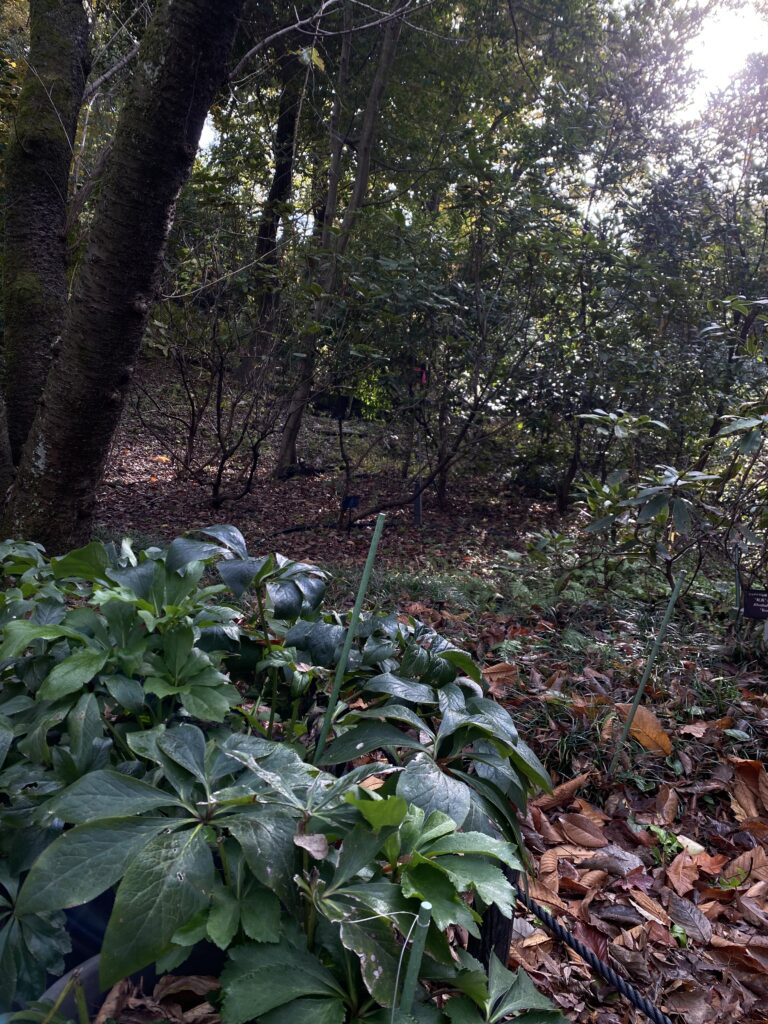
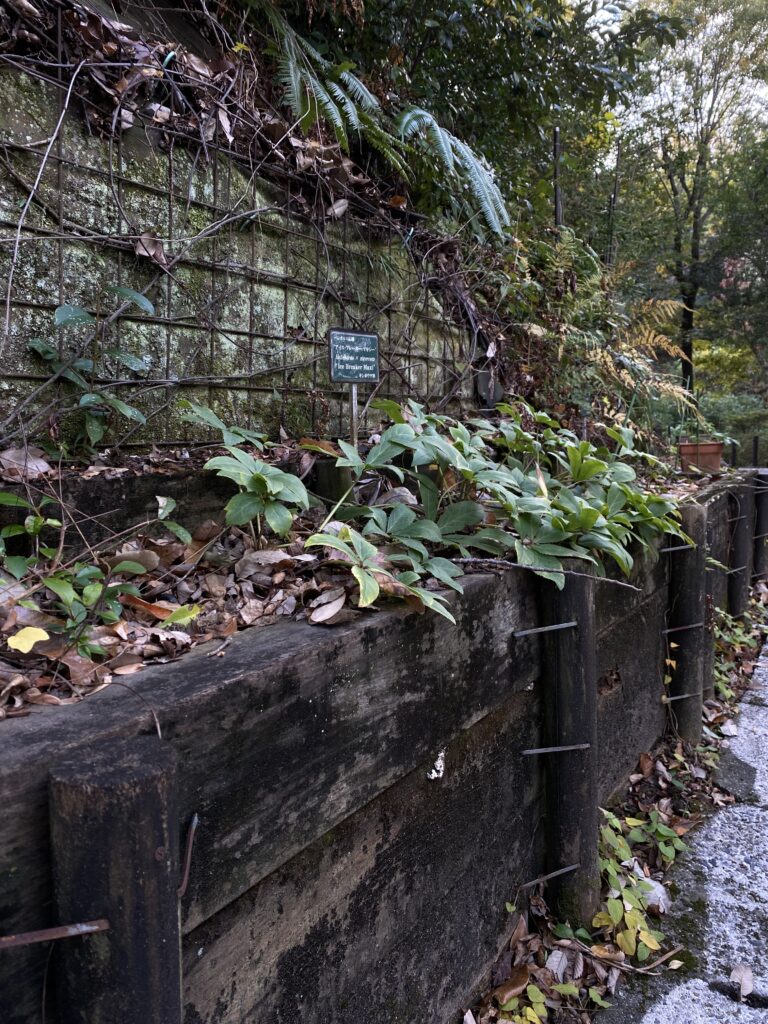
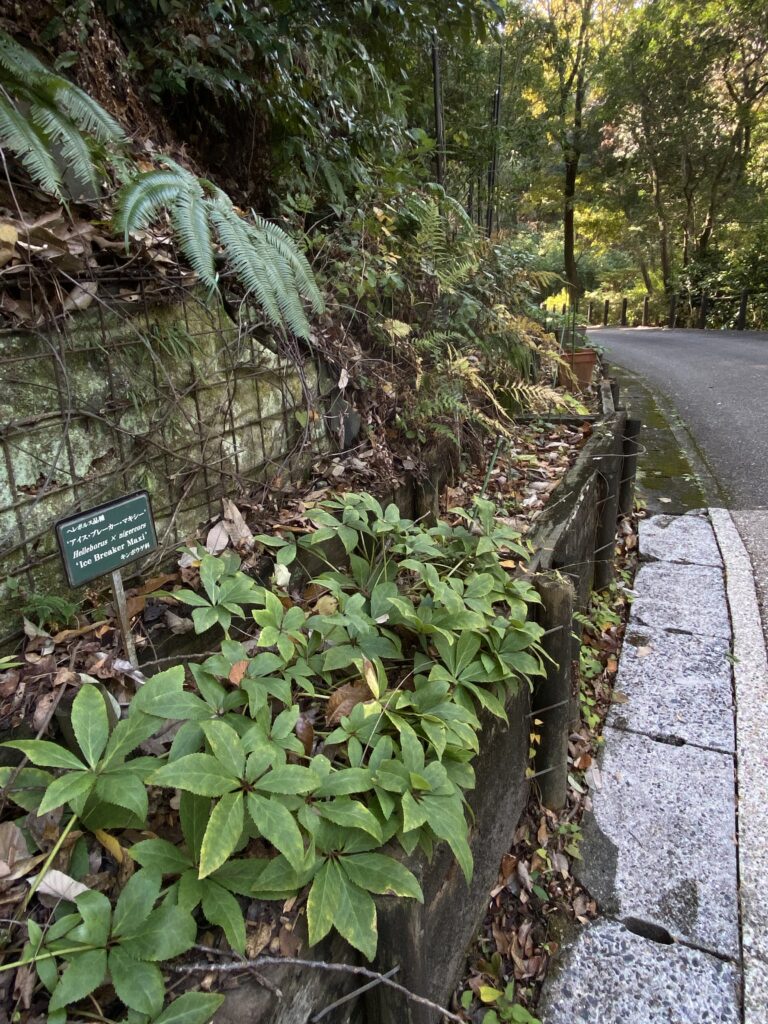

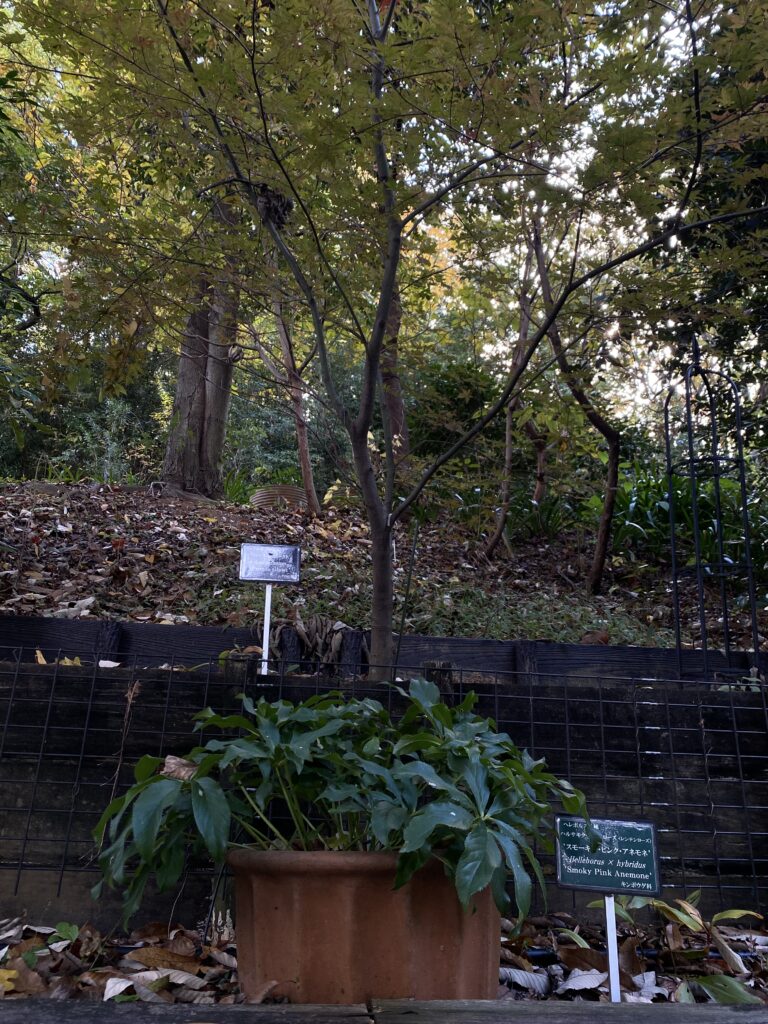
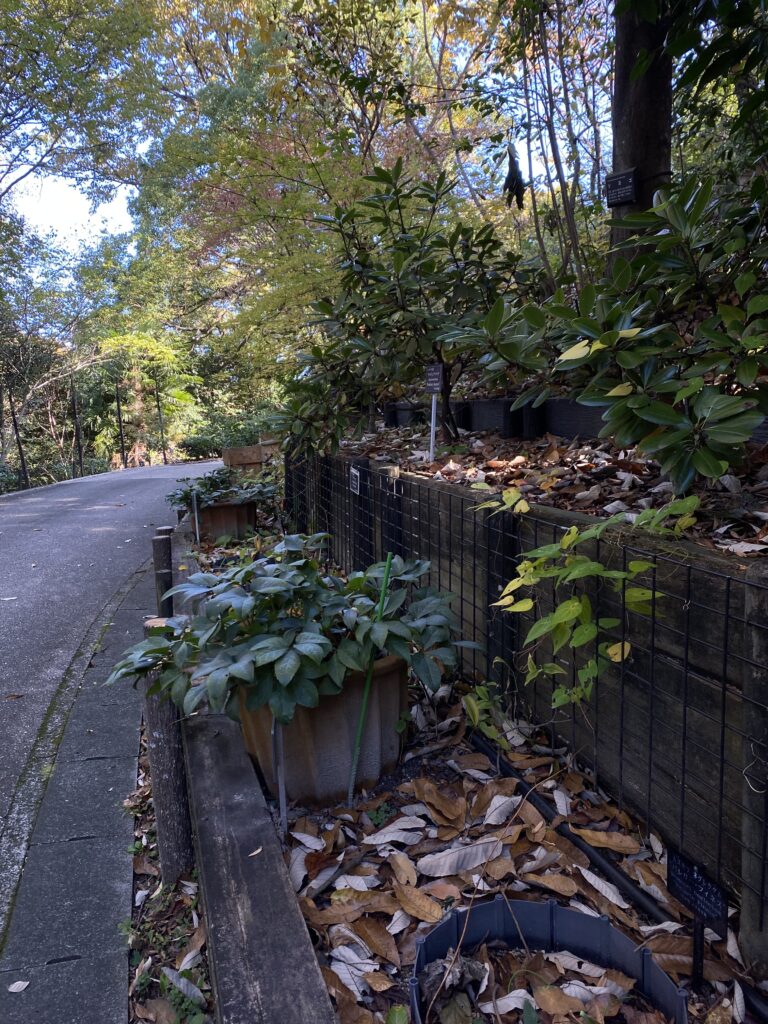
Helleborus and other Helleborus are planted in the ground and in pots. Where they are planted, they are hidden in the shade of sloping mountains and the sun does not shine directly on them. In the dark they are hidden under even more massive trees. The photo was taken at around 11.00 pm in the afternoon.
When I saw this place for Helleborus, I was surprised by the darkness. I thought Helleborus would like more sunshine. The plant designer of this botanical garden may not know what is best for Helleborus.
Take a closer look at the plants before making a hasty decision.
② Plants
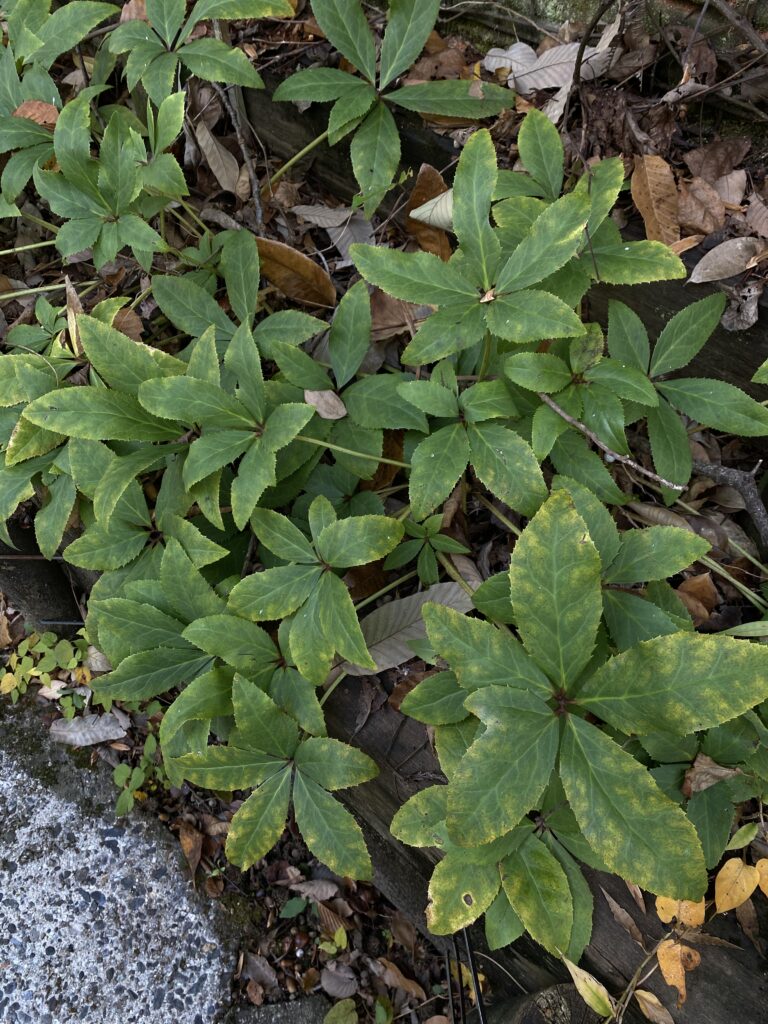
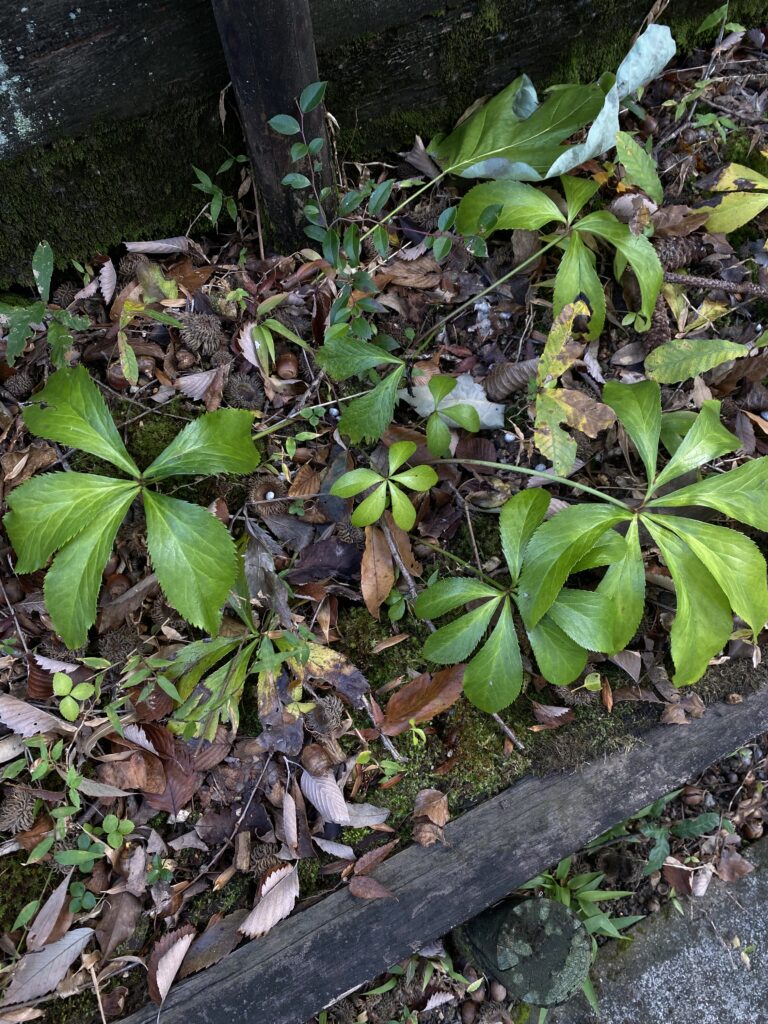
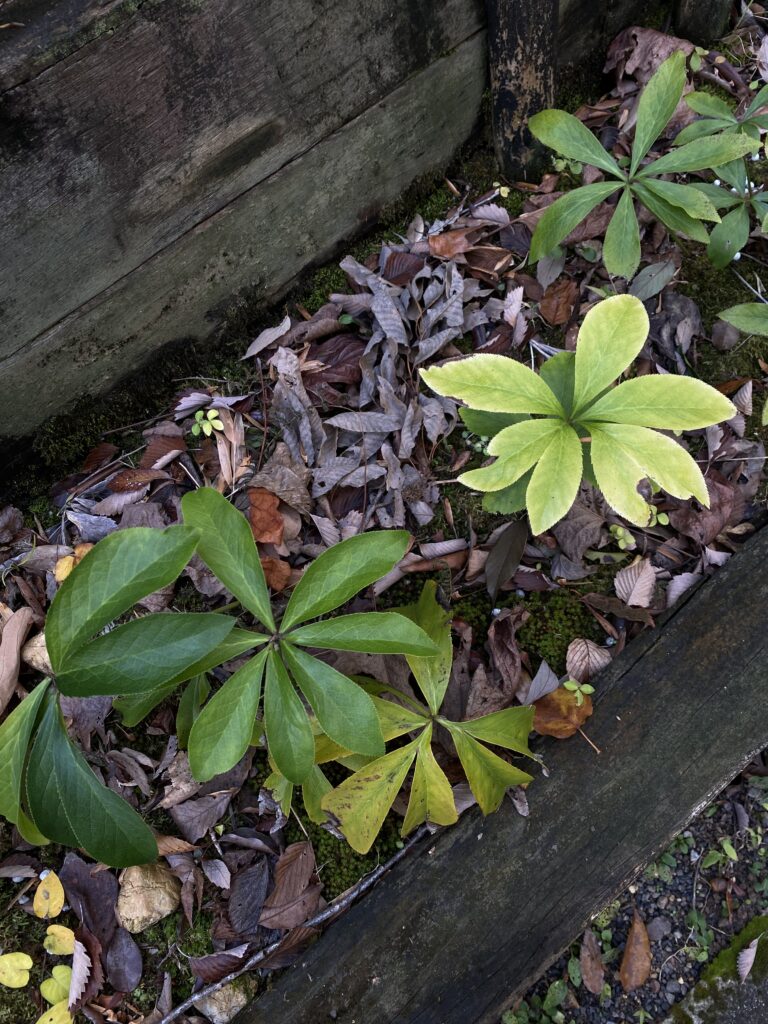
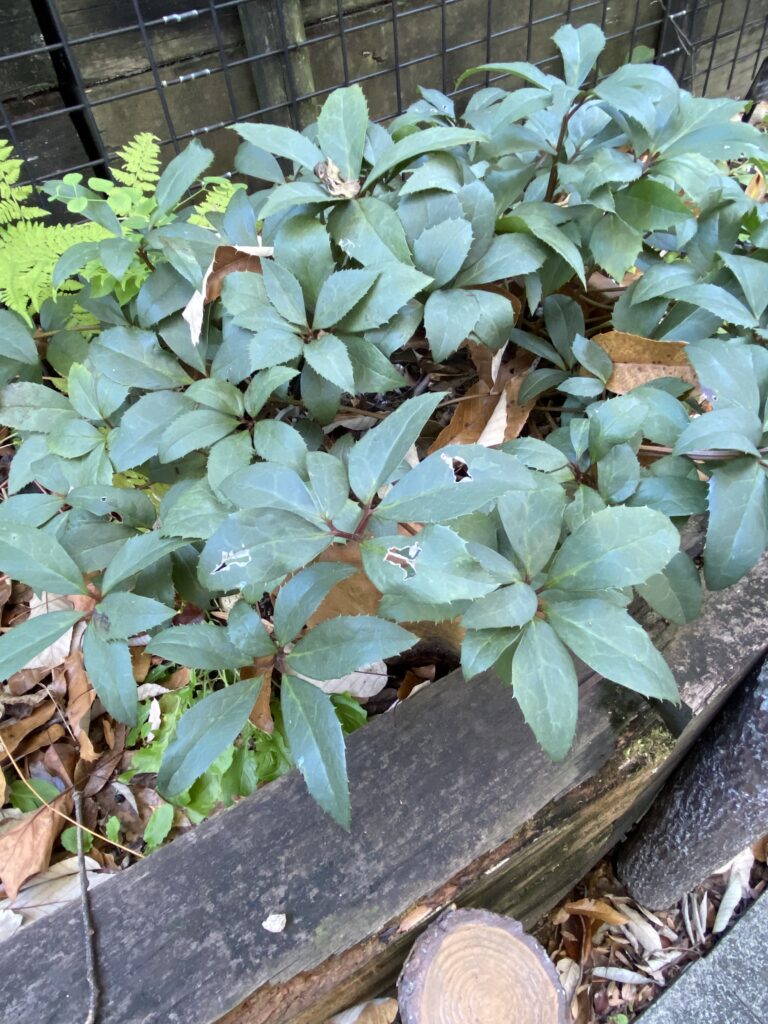
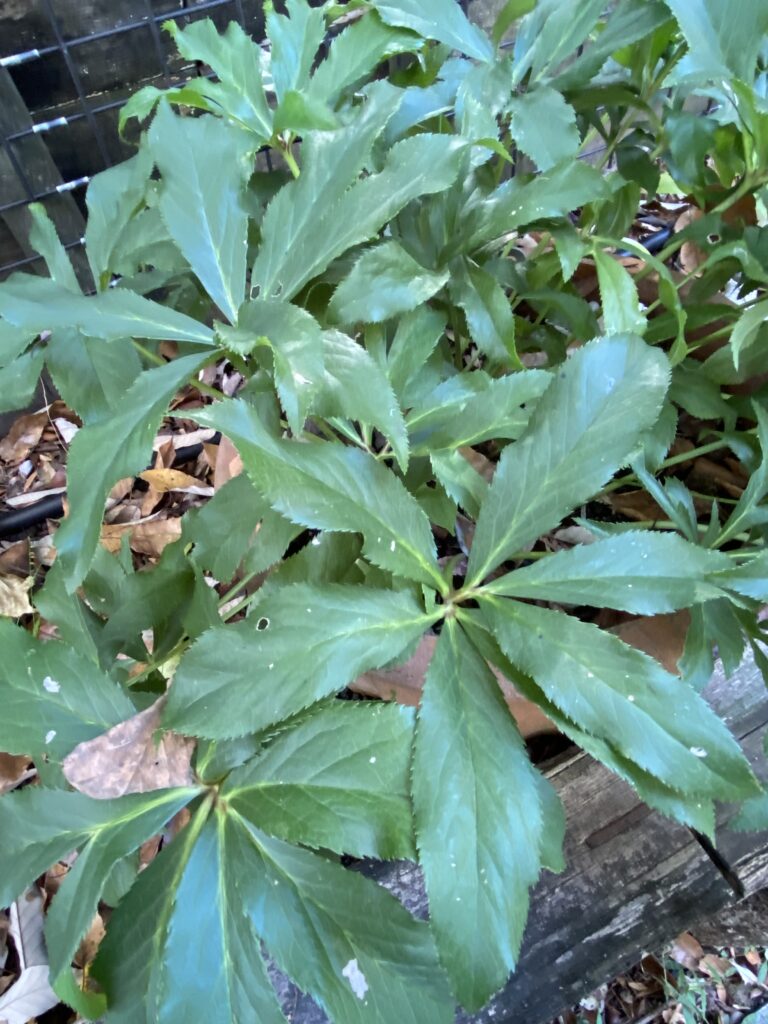
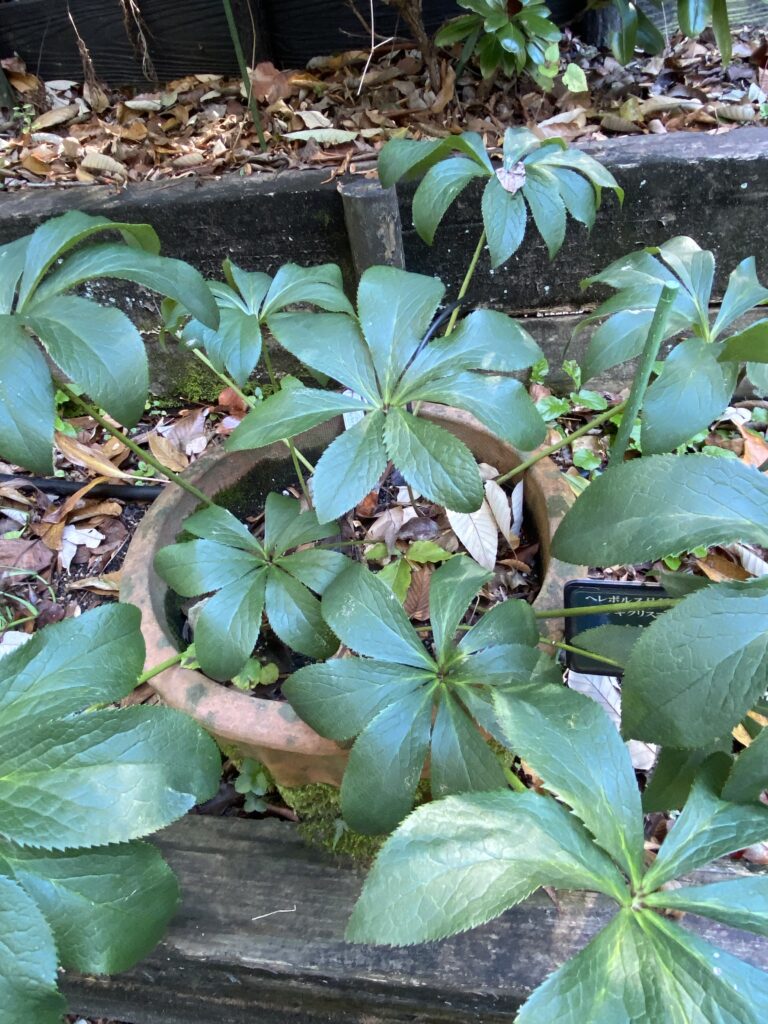
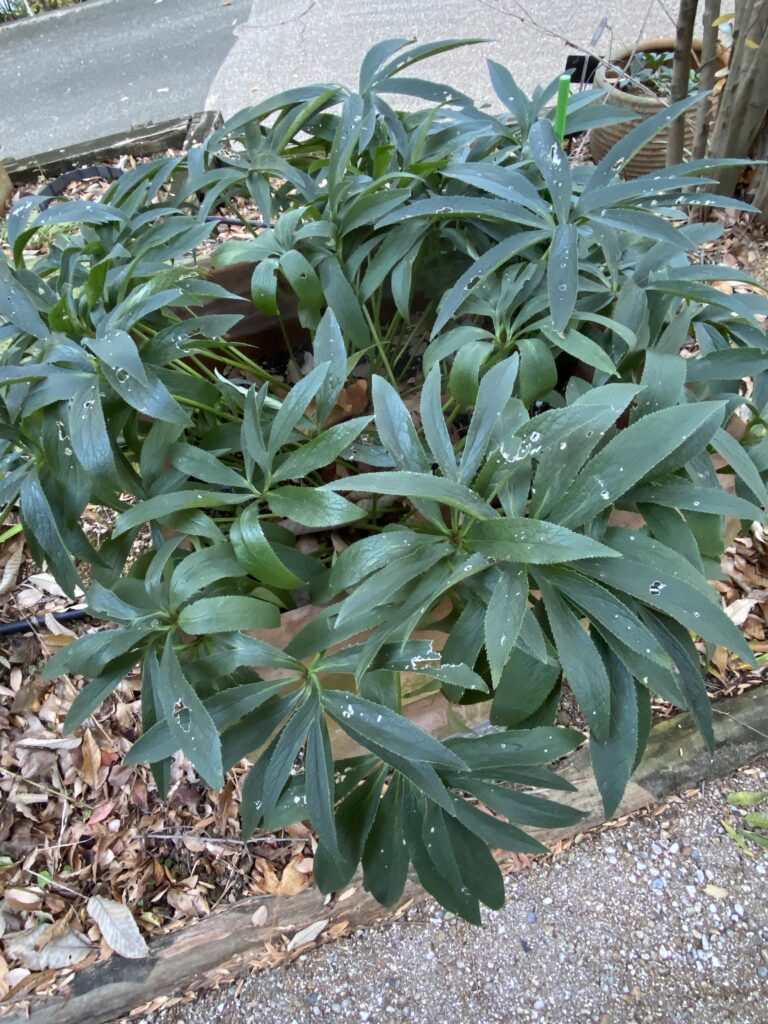
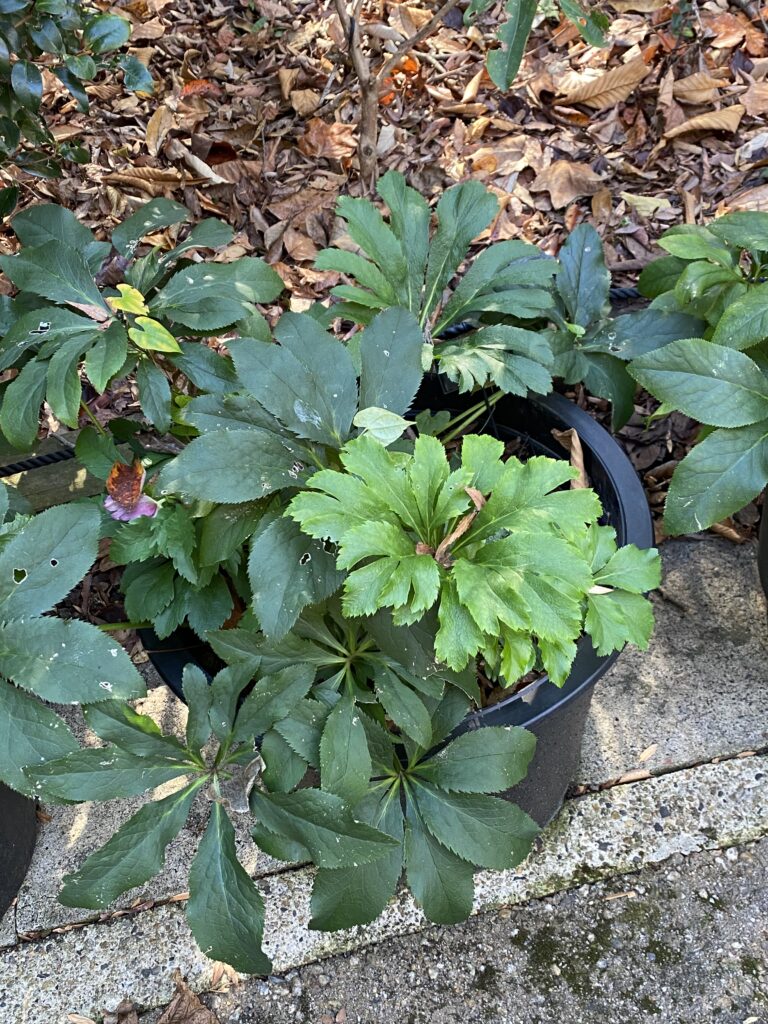
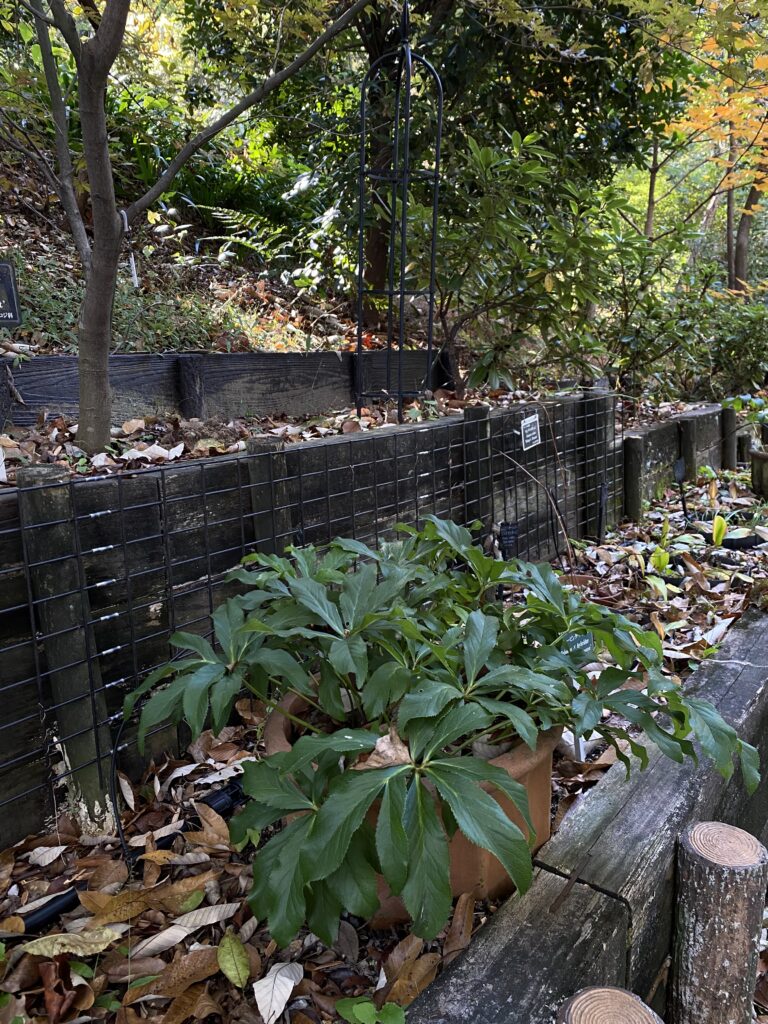
Plants seem to have a sufficient size, this may be due to this circumstance.
Is the lack of new leaves a problem?
Japan has had a historically hot autumn this year. So normally Helleborus make flower buds instead of new leaves, but this year many growers report that Helleborus made new leaves.
The cool mountain climate may be accelerating their normal process.
③ Soil

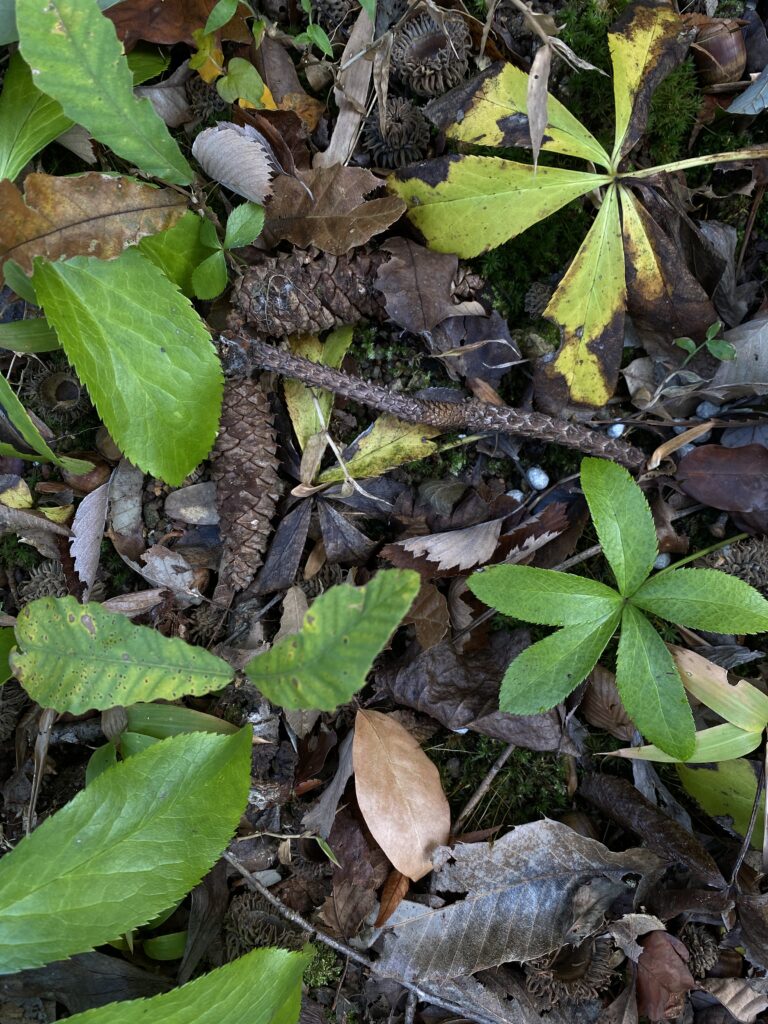
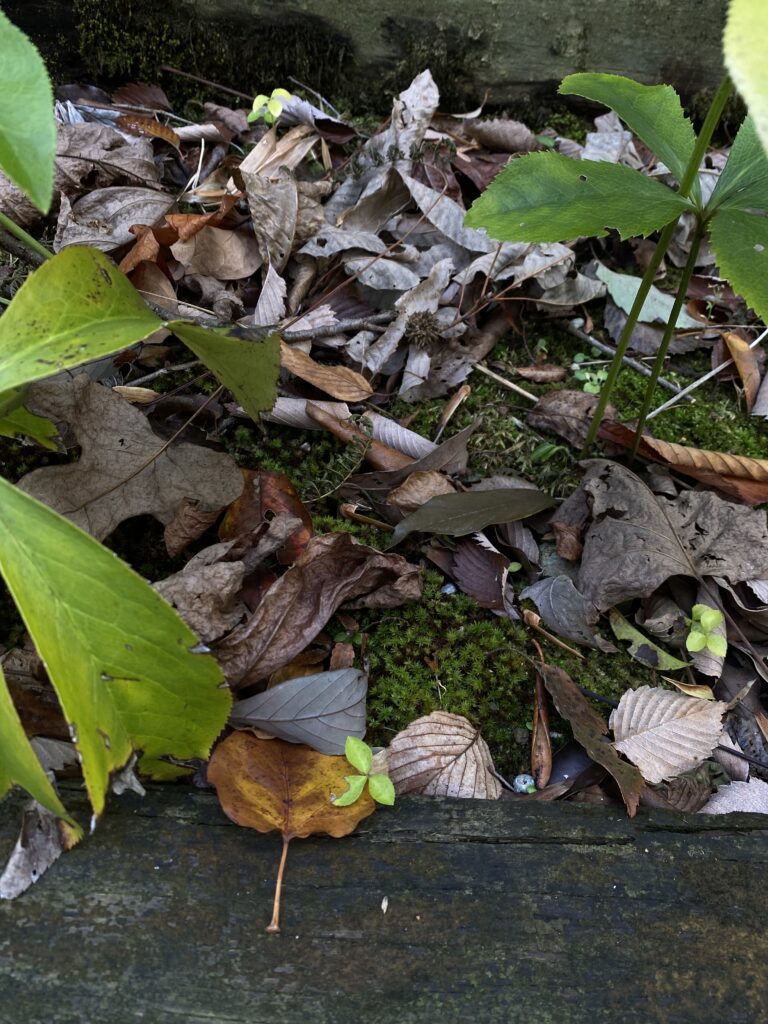


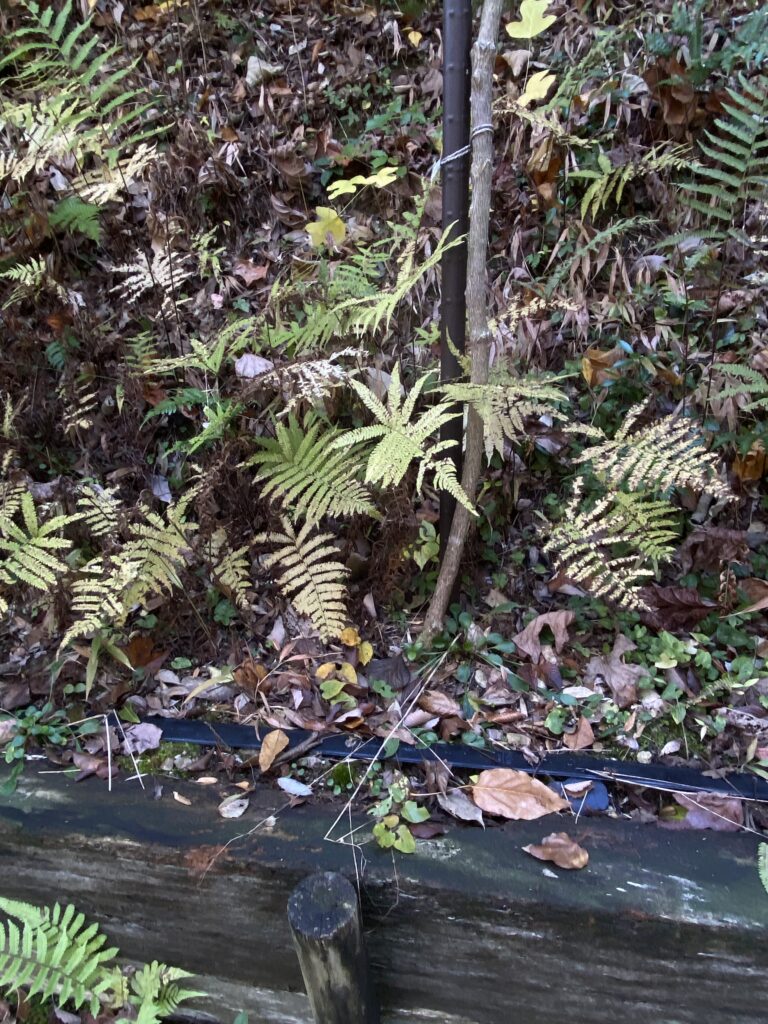
The plants in the ground are planted on a slope and the soil is protected by wooden planks. Drainage seems to be good.
However, there are piles of fallen leaves and mosses growing all over the area.
Is it too wet in the Japanese climate?
The growers are careful to keep the Helleborus quite dry so that it can survive in the humid Japanese climate.
④ Conclusion
Japanese growers look for moisture when growing Helleborus.
The conditions for Helleborus in the botanical garden don’t seem to be the best for them.
But the plants look good.
I will write more about the Helleborus.
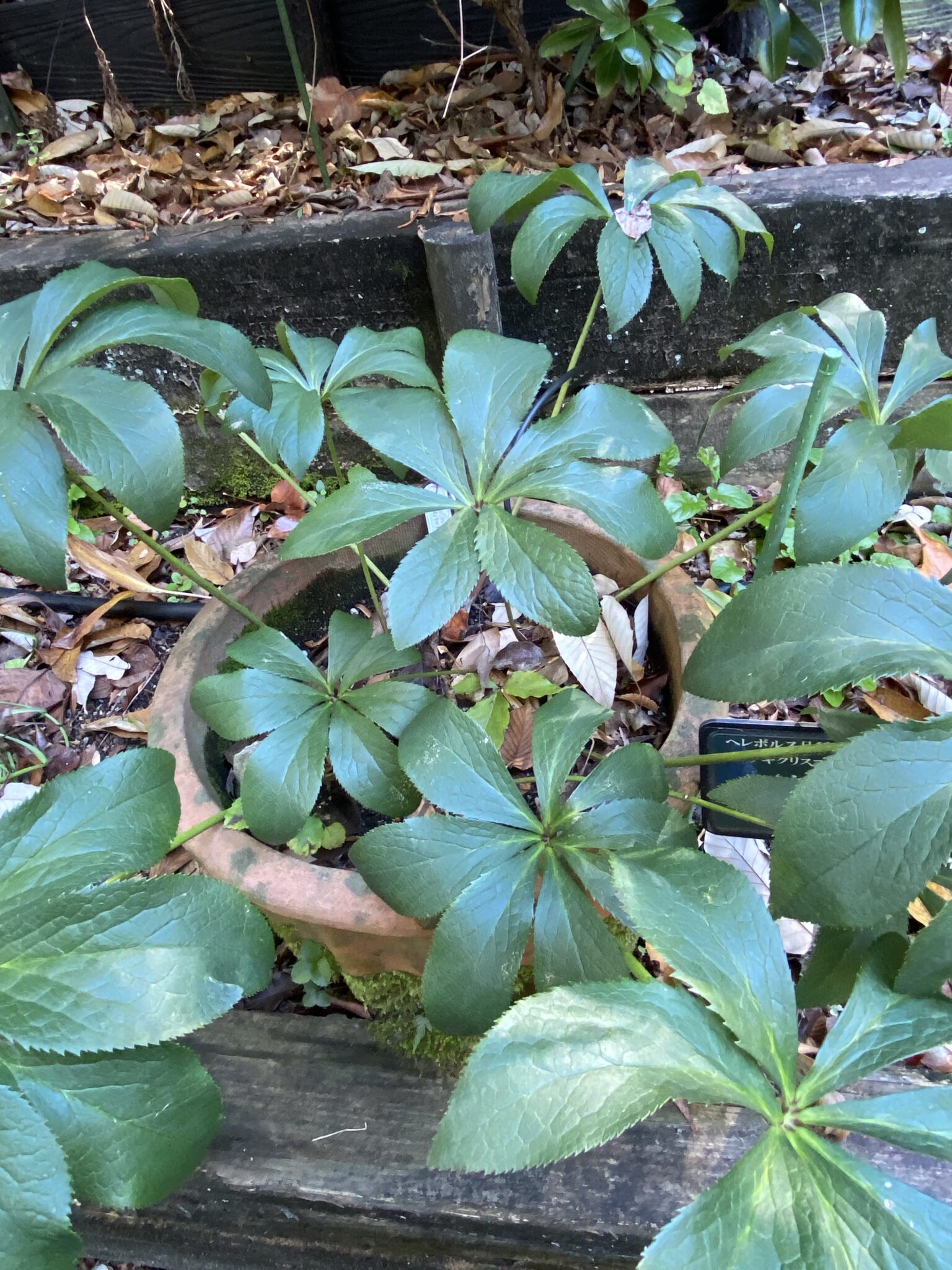


コメント